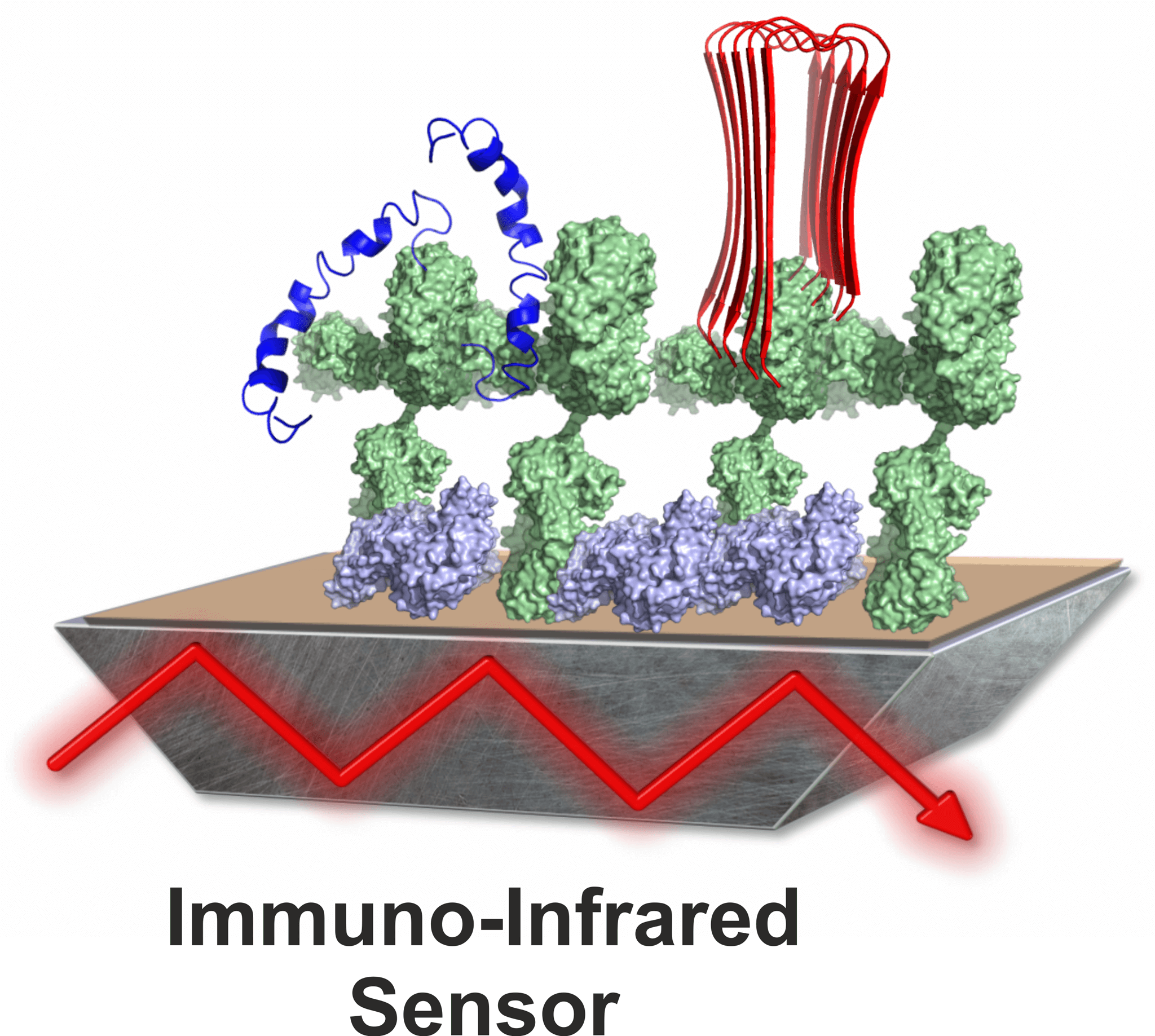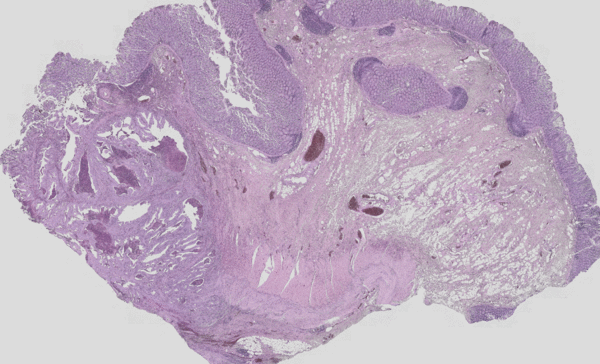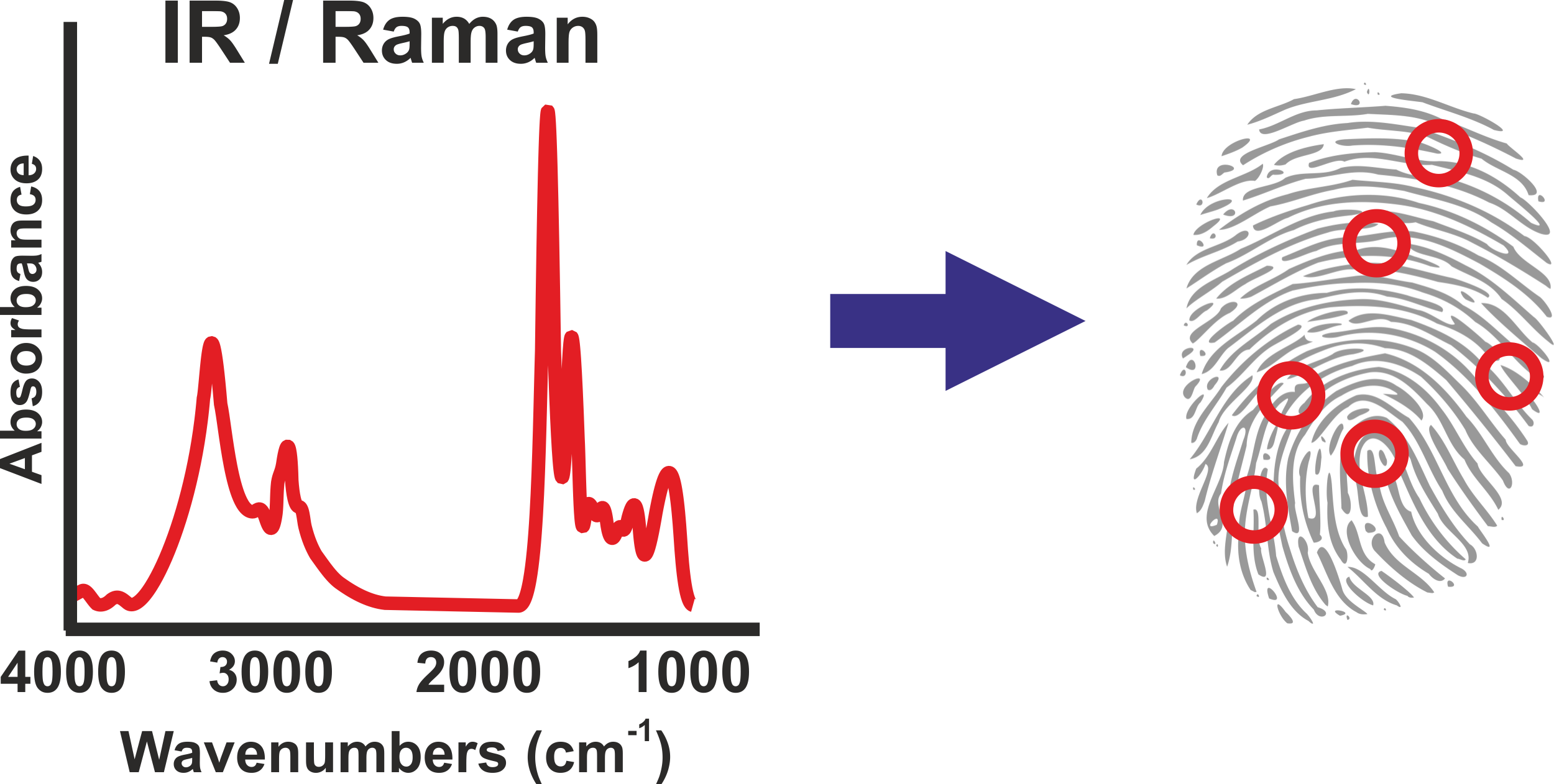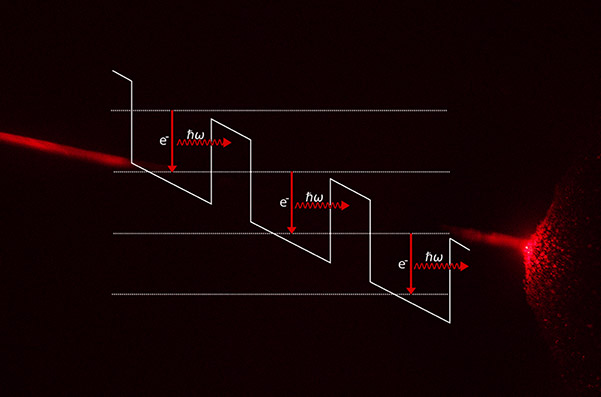Method development
Analysis of body fluids
ATR-IR spectroscopy

In the competence area biospectroscopy, spectroscopic methods are developed to use human body fluids for the diagnosis of neurodegenerative diseases. The focus is on improving diagnosis, in particular by analyzing blood plasma using our immuno-infrared sensor. In contrast to spinal fluid, blood plasma is obtained in a minimally invasive and cost-effective manner as part of routine diagnostics in both clinics and general practitioners' offices.
Imaging methods

The clinical gold standard for fine tissue diagnostics is currently still based solely on the visual interpretation of a hematoxilin-eosin (H&E) or immunohistochemically stained tissue thin section by a pathologist. In the Biospectroscopy competence area, we have established an innovative label-free approach to assist pathologists in their diagnosis. We call this approach "label-free digital pathology".
FTIR / Raman Spectroscopy

Each molecule has vibrations that are as characteristic as a fingerprint. Therefore, molecules can be identified by their characteristic infrared absorption or Raman emission alone. We exploit this spectral fingerprint in the competence area of biospectroscopy to develop new diagnostic methods for oncological and neurodegenerative diseases.
New Technologies QCL

Recent developments in the field of quantum cascade lasers (QCL) provide a new, very intense and tunable radiation source for the mid-infrared, which will replace classical FTIR spectroscopy in many applications. Due to the considerably higher radiation intensity, the much more compact dimensions and the lower demands on laboratory equipment, completely new application possibilities arise, also directly in the clinical environment.